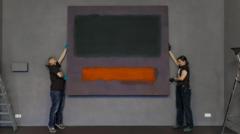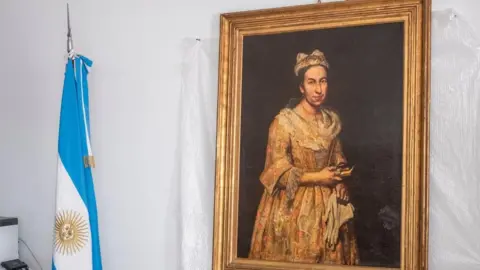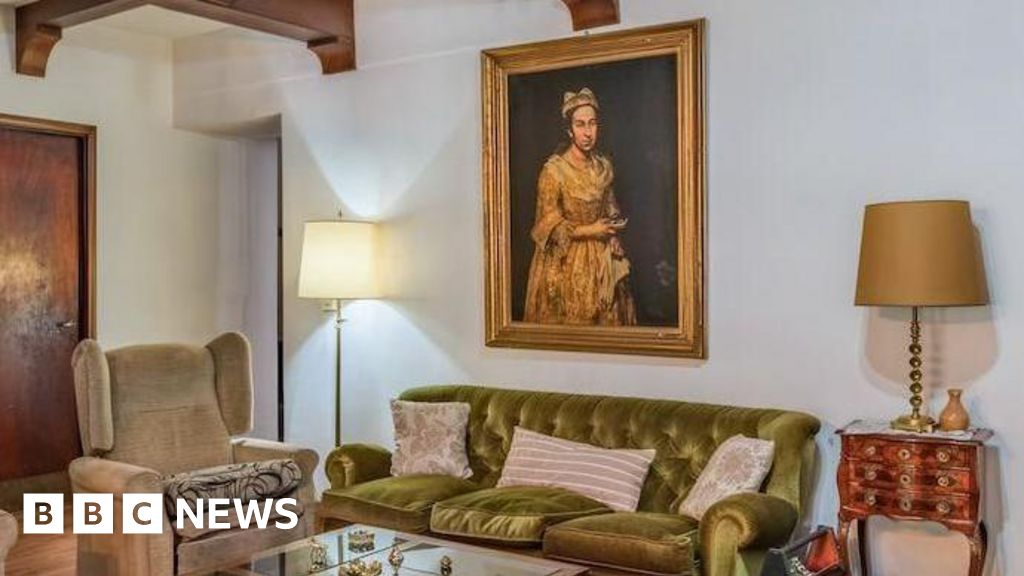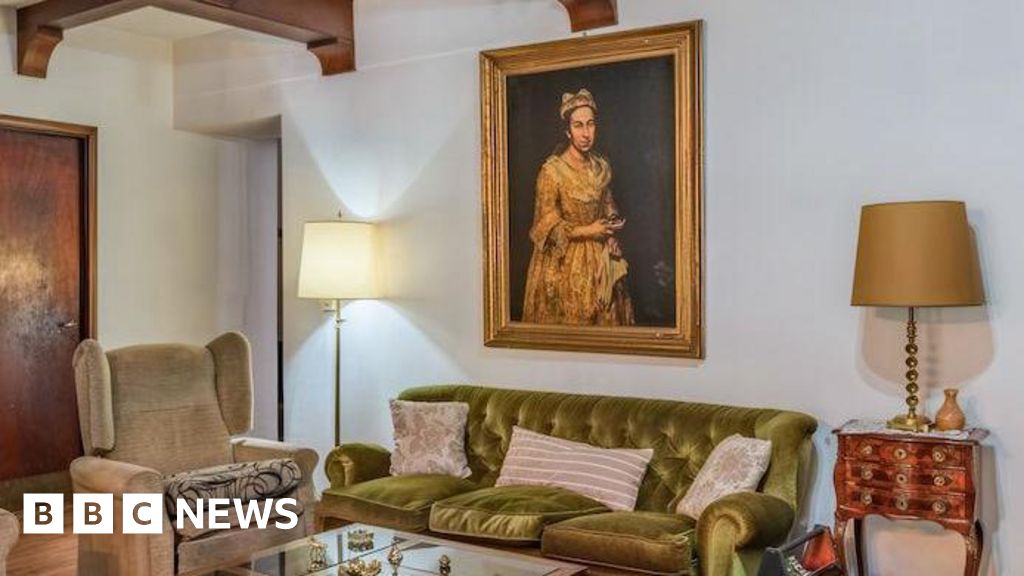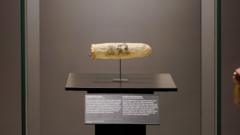A child has caused damage to a multimillion-euro painting by renowned American artist Mark Rothko at Museum Boijmans Van Beuningen in Rotterdam. The museum spokesperson confirmed that they are currently exploring "next steps" for the treatment of Rothko's Grey, Orange on Maroon, No. 8, which is estimated to hold a value of up to €50 million.
The incident occurred during a moment of inattention, as detailed by the spokesperson in a statement to Algemeen Dagblad (AD). Although the scratches are noted to be "superficial," they have raised concerns about the long-term integrity of the artwork. "Small scratches are visible in the unvarnished paint layer in the lower part of the painting," said the museum's representative when speaking to the BBC.
Conservation experts, both locally and internationally, have been consulted to determine the best way forward. They are optimistic about the painting being displayed to the public again in the future. Sophie McAloone, conservation manager at the Fine Art Restoration Company, emphasized that unvarnished modern paintings like Rothko’s are more vulnerable to damage due to their unique materials and bold color fields.
Marketing manager Jonny Helm from the art restoration service Plowden & Smith expressed concern about the incident's implications for other UK institutions that are beginning to display more previously archived artworks. "How will this event affect other UK institutions who are opening up their archives in the same way?" he questioned. Given the complexity of Rothko's techniques and materials, any restoration efforts could be challenging.
Historically, Rothko artworks have suffered unfortunate fates; notable was the 2012 vandalism of another of his pieces, Black on Maroon, at Tate Modern in London. This incident resulted in significant restoration costs and a lengthy recovery period for the artwork.
Insurance expert Rachel Myrtle explained that fine art insurance typically covers damages, including those caused by accidents involving visitors. The museum, however, has not disclosed whether they will pursue accountability for this latest incident. Notably, they have demanded compensation in the past from visitors responsible for damaging artworks, indicating a precedent for financial responsibility in similar circumstances.
The Rothko piece in question represents a significant genre known as colour field painting, characterized by expansive blocks of color on canvas. Sadly, this is not the only instance of artwork vulnerability in the Netherlands, as recent years have witnessed multiple incidents involving both vandalism and accidental damage to high-profile pieces.
Each museum has its own policies regarding damage caused by children, reflecting a range of philosophies on handling such challenges. Recently, a child accidentally broke an ancient artifact in an Israeli museum, which was managed with a more lenient response, inviting the family back for a more immersive experience.
As discussions continue around the Rotterdam incident, the custodians of art are left grappling with the fine line between accessibility and preservation in a world where even a brief lack of vigilance can lead to substantial consequences.

